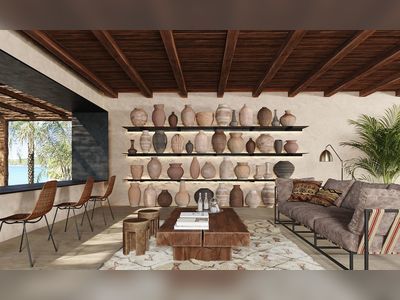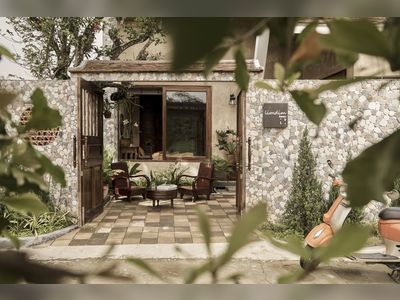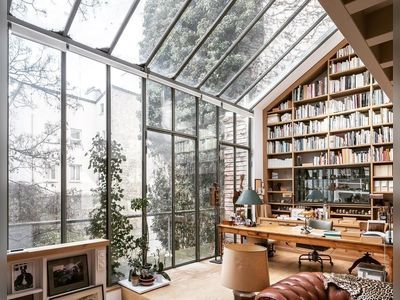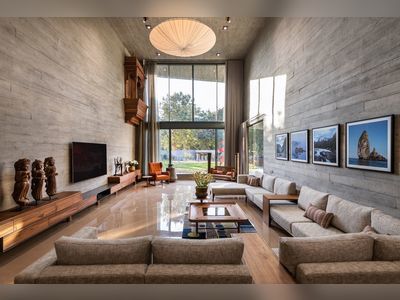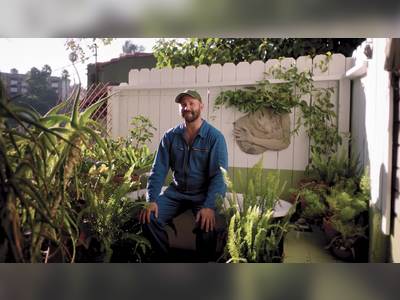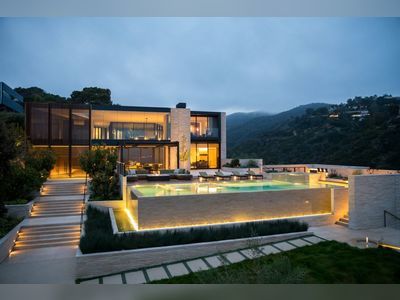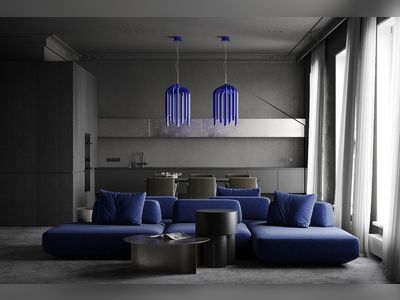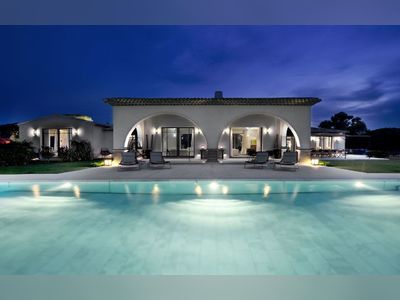STEPS![]()
• Think about the location of your doorways. If there are two doors, consider having the traffic pattern move behind the seating, not through it, from one door to another. If there is only a single doorway, it's best to have easy access directly to the seating, as long as you leave enough room around the sides and behind it.
• The placement of your major piece of furniture is important. If your sofa is placed off the wall, leave a minimum of two and a half feet to three feet of walking space behind it. A bit less space is needed between chairs and the sofa.
• Consider your seating arrangement. If you have a long wall, establish your seating arrangement there with the sofa against the wall as the anchor. Traffic will flow around it.
• The balance of a room is affected by both the placement of furniture and the size of each piece. If all of the big pieces are crowded to one side of the room, it will be off-balance horizontally. If much of the furniture is either too bottom-heavy or too top-heavy, a room will be off-balance vertically.
• If you can, reconfigure your modular sofa. Break up the sofa so that some (or one) of the pieces can be used as a long couch. Place this "new" couch up against your longest wall. Doing this will also help you create a focal point for the room. Place the remaining sections to the opposite side of the room on angles facing the sofa.
AND KEEP IN MIND![]()
Though placing your couch against your longest wall is often the easiest way to create a focal point in a room, it is often one of the most common design mistakes that I encounter. Most people assume that this configuration will create the illusion of more space or allow them to put more furniture in their room. Others believe that it permits easier access into and out of the room. And, unless the room is very tiny, it also lacks a comfortable conversation area.
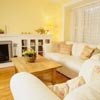
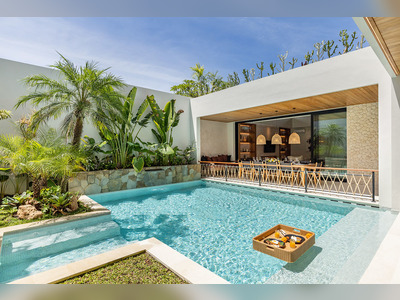
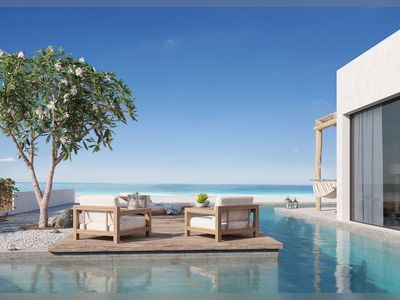
![A Tranquil Jungle House That Incorporates Japanese Ethos [Video]](/images/22/08/b-2ennetkmmnn_t.jpg)
